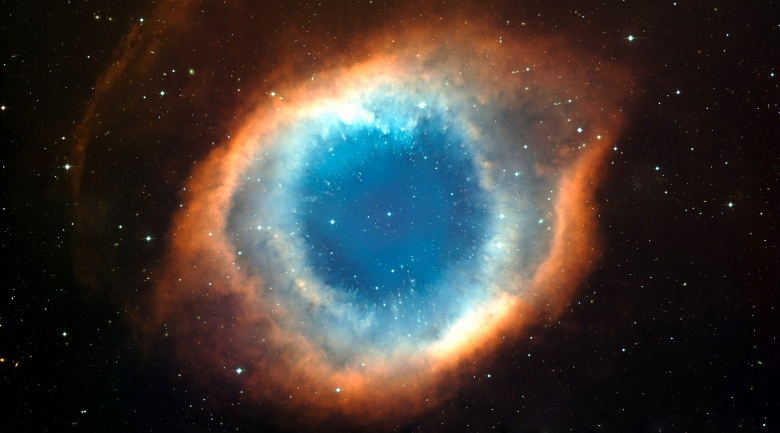
The assessment comes from the Hubble Space Telescope, which has significantly refined the rate at which nearby galaxies are observed to be moving from each other. It reinforces the tension between what we see happening locally and what we would expect from the conditions that existed in the early cosmos.
These have implied a much more sedate trajectory for the recession. Science now has a big job on its hands to try to resolve the conundrum, says Adam Riess from the Space Telescope Science Institute (STScI) and the Johns Hopkins University, both in Baltimore, Maryland, US.
"To be honest, with this latest measurement we’ve really gone beyond what we might call ‘tension’; we’re missing something in our understanding of the cosmos," the Nobel Laureate told BBC News.
The issue at hand is the so-called Hubble Constant – the value used by astronomers to describe the current expansion. It is a critical number because it helps us gauge the size and age of the Universe.
One way to pin down this value is to measure the distance and velocities of a large number of stars in a good sample of galaxies.
In Dr Riess’s new study, to be published shortly in The Astrophysical Journal, this was done with the aid of two classes of very predictable stars.
These are the cepheid variables – pulsating stars that puff up and deflate in a very regular fashion; and a group of exploding objects referred to as a Type 1a supernovae.
Both shine with a known power output, and so by comparing this quantity with their apparent brightness on the sky, it is possible to figure out their separation from Earth and thus, also, the distance to the galaxies that host them.
Some 2,400 cepheids in 19 nearby galaxies were used in the survey, and these helped calibrate roughly 300 Type 1a supernovae, whose particular properties enabled the team to probe a slightly deeper volume of space.
The work gives a number for the Hubble Constant of 73.24 kilometres per second per megaparsec (a megaparsec is 3.26 million light-years). Or put another way – the expansion increases by 73.24km/second for every 3.26 million light-years we look further out into space.
It means basically that the distance between cosmic objects will double in another 9.8 billion years.
